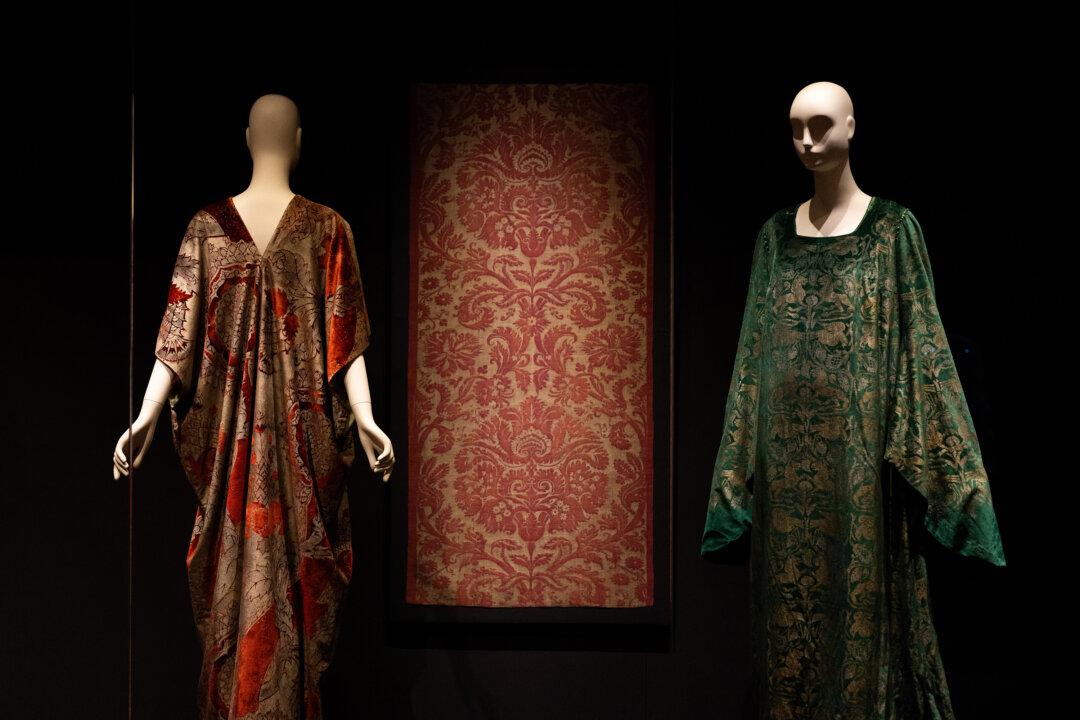Vermeer hysteria has been stoked by the current blockbuster exhibition “Vermeer” on view at the Rijksmuseum, in Amsterdam, until June 4, 2023. This show is a once-in-a-lifetime exhibition showcasing the majority of the artist’s oeuvre. The show, which is the first Vermeer exhibition ever held at the Rijksmuseum, congregates an astonishing 28 of the Baroque painter’s approximately 37 known paintings. (The exact number of total works is disputed.)
Johannes Vermeer (1632–1675) lived his whole life in the Dutch city of Delft. He painted exquisite works: light rendered naturalistically; intimate interiors of quiet domestic moments, captured and made timeless; and compositions that masterfully draw the viewer’s gaze. Vermeer was respected in his lifetime but died heavily in debt. Subsequently, his work was overlooked for centuries, rediscovered to great acclaim by the art world only in the mid-19th century. Today, his paintings are iconic images that have inspired numerous novels and films.





